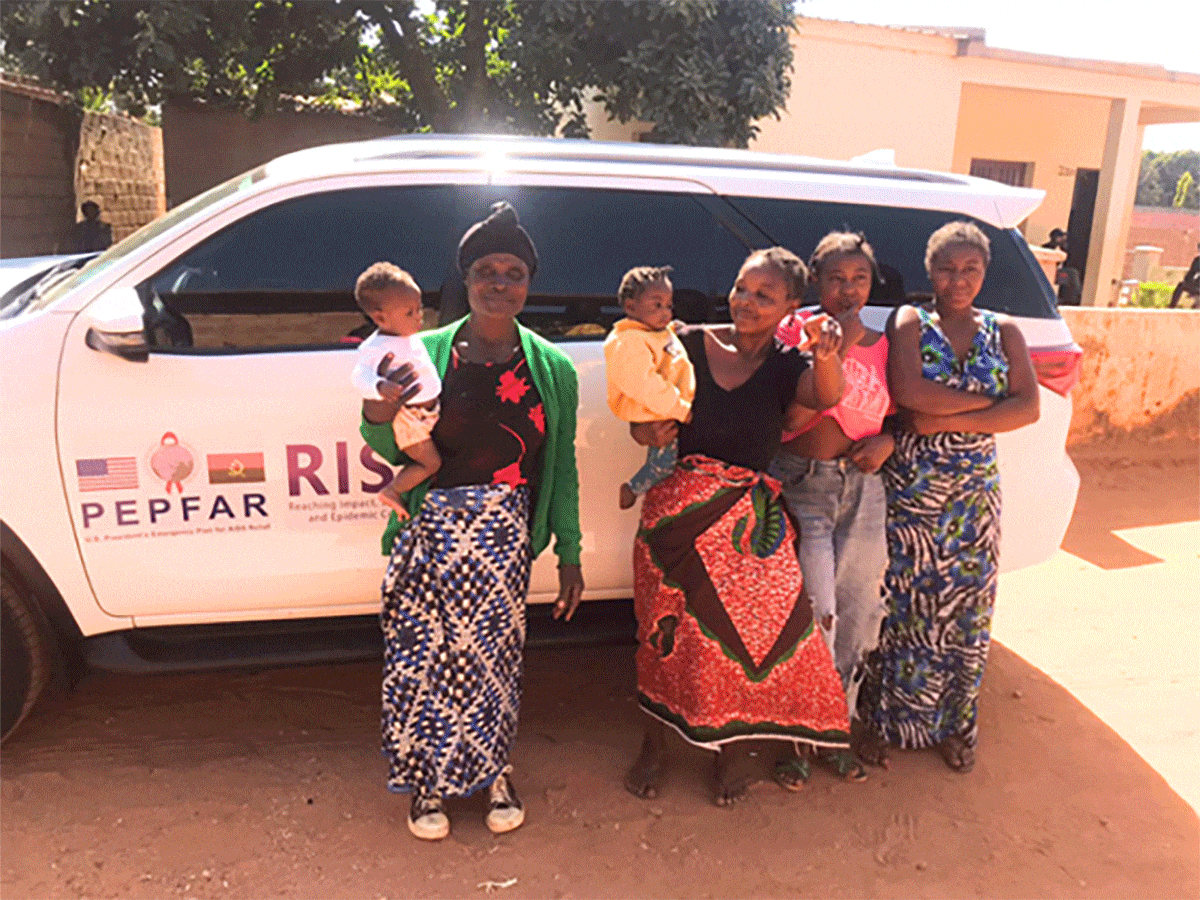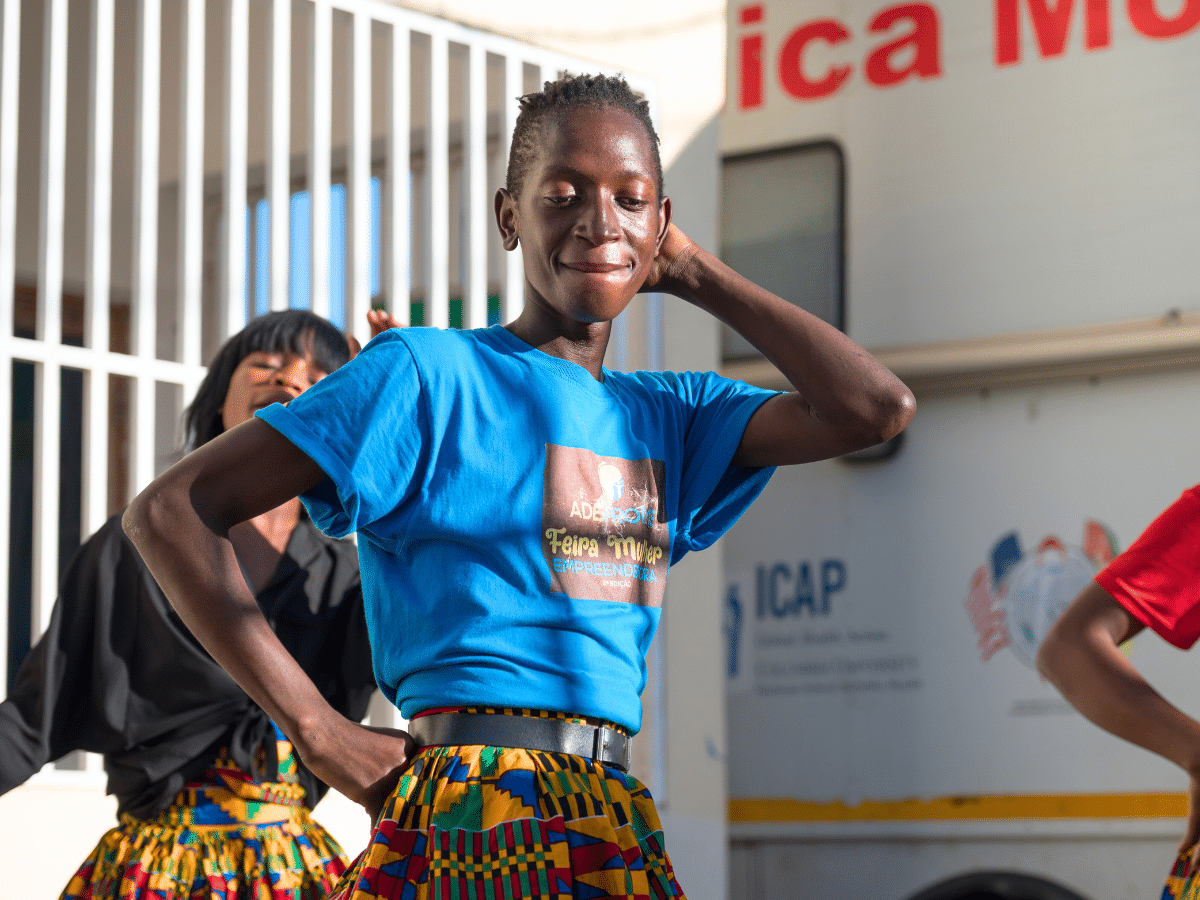On June 30, the World Health Organization (WHO) released the 2013 _Consolidated Guidelines on the Use of Antiretroviral Drugs for Treating and Preventing HIV Infection_ at the International AIDS Conference in Kuala Lumpur, Malaysia. The guidelines focus on the HIV care continuum and harmonize existing recommendations and new developments in research and technology. These guidelines continue to highlight the importance of a public health strategy in providing comprehensive and consistent HIV services.
“In the past we had distinct guidelines for different populations. This set of guidelines provides a comprehensive set of recommendations for using antiretroviral drugs across populations and age groups,” explains Dr. Elaine Abrams, Senior Research Director at ICAP and co-chair of WHO’s Maternal and Child Health group. The latter group was responsible for updating recommendations for the use of ART in children and pregnant and breastfeeding women.
New recommendations include starting antiretroviral therapy (ART) in all people living with HIV with a CD4 cell count of 500 cells/mm2 or less—with priority given to those with severe or advanced disease. This differs from previous recommendations which stated that ART be initiated in HIV patients with a CD4 cell count below 350. In addition, ART is now being recommended for individuals at any CD4 count with active tuberculosis, co-infected with hepatitis with evidence of severe chronic liver disease, HIV-positive people in serodiscordant couples, women who are pregnant or breastfeeding, and children under the age of five.
The WHO guidelines provide a foundation for health ministries as they develop their national treatment guidelines. The implementation of the recommendations included in the new guidelines will increase the number of people, worldwide, who are eligible for treatment from 17 to 26 million people. Currently, 10 million of those in need are receiving antiretroviral therapy. The guidelines include operational and programmatic recommendations to support the scaling up of ARV programs. These include approaches to improving adherence and retention, and best practices for task-shifting, decentralization and integration of services.
As co-chair of the Maternal and Child Health group with Dr. Denis Tindyebwa, Dr. Abrams played a key role in the development of the guidelines. The Maternal and Child Health group was comprised of health care professionals from around the world with expertise in pediatric HIV treatment and prevention of mother-to-child transmission of HIV (PMTCT). The group reviewed evidence, field experience, and consulted with community leaders to develop the recommendations, which include administering ART to all pregnant and breast feeding women, to all children with HIV under five years of age and all children over five years of age with a CD4+ cell count below 500.
Dr. Abrams recently described how care and treatment surrounding PMTCT has shifted. “The dialogue has changed now. The questions around PMTCT are different. Pregnancy and breastfeeding now warrant ART initiation. The major issue now is not when to start, but rather whether to stop.”








